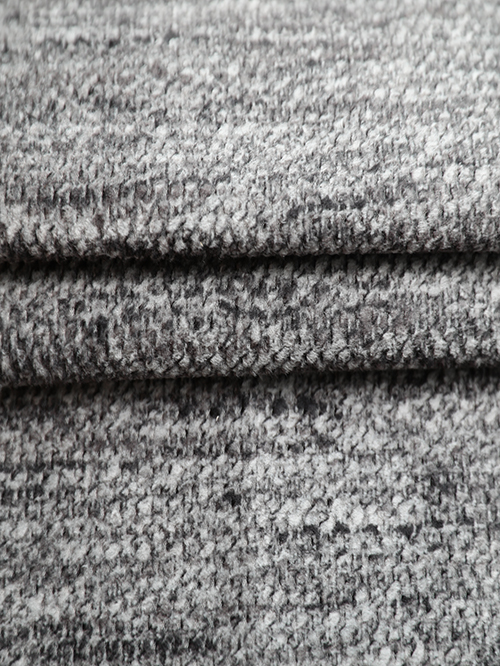The resistance of a leather sofa cover to scratches and abrasions depends on various factors, including the type of leather, its finish, and the overall quality of the material. Here are key considerations regarding how well leather sofa covers resist scratches and abrasions:
Type of Leather:
Full-grain leather is generally more resistant to scratches and abrasions due to its natural and unaltered surface.
Top-grain leather, while still durable, may show scratches more readily than full-grain leather.
Bonded leather and faux leather may be more susceptible to scratches.
Finish and Coating:

Some leather sofa covers have protective finishes or coatings that enhance their resistance to scratches.
Aniline leather, which lacks a protective coating, may develop a patina over time but may be more prone to scratches.
Thickness of Leather:
Thicker leather tends to be more resistant to scratches and abrasions.
Thinner leather may show scratches more easily but can still be durable depending on other factors.
Quality of Construction:
The overall construction of the sofa cover, including the quality of stitching and reinforcement, can impact its resistance to abrasions.
Well-constructed seams and stitching contribute to the overall durability of the leather.
Pet-Friendliness:
Some leather types are more pet-friendly and resist scratches from pet claws better than others.
It's advisable to choose a leather type known for its resilience if the sofa will be in a household with pets.
Usage Patterns:
The frequency and intensity of use influence how well a leather sofa cover resists scratches.
High-traffic areas may experience more wear and scratches over time.
Protective Measures:
Using protective measures, such as furniture pads or blankets, can help prevent scratches, especially in areas where the sofa may come into contact with sharp objects or rough surfaces.
Regular Maintenance:
Regular cleaning and conditioning of the leather can help maintain its suppleness and resilience, making it more resistant to scratches.
Following manufacturer guidelines for maintenance is essential.
Avoiding Sharp Objects:
Taking precautions to avoid contact with sharp objects or abrasive materials can help preserve the appearance of the leather sofa cover.
Choosing Leather Types with Distressed Finishes:
Some leather types come with distressed finishes that intentionally mask scratches and give the sofa cover a worn-in look over time.
While leather is generally durable, it's important to note that scratches and abrasions are a natural part of the aging process for leather, especially for certain types like full-grain and aniline leather. Some users appreciate the development of a patina as part of the leather's character. Ultimately, the choice of a leather sofa cover and its resistance to scratches depends on personal preferences, lifestyle, and the desired appearance over time.


 English
English Español
Español












 +86-135-11339226
+86-135-11339226 Haichang Sub-District Shuanglian Road No 20,HAINING,ZHEJIANG,314400 ,CHINA
Haichang Sub-District Shuanglian Road No 20,HAINING,ZHEJIANG,314400 ,CHINA +86-0573-80772212
+86-0573-80772212
